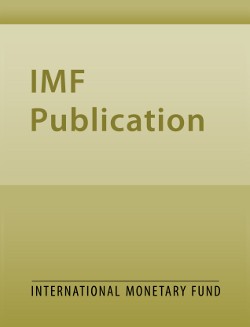
2011 Review of Conditionality - Content and Application of Conditionality
This paper reviews the design of conditionality in Fund-supported programs from 2002 to end-September 2011, with an emphasis on recent years. It focuses on the content and application of program conditionality—especially structural conditionality—in relation to the 2002 Conditionality Guidelines (the "Guidelines"), the Staff Statement on Principles Underlying the Guidelines on Conditionality, and subsequent revisions to operational guidance on conditionality. The analysis is based on the five key interrelated principles guiding the design of conditionality: national ownership of programs, parsimony in program-related conditions, tailoring to country circumstances, effective coordination with other multilateral institutions, and clarity in the specification of conditions. In particular, the principle of parsimony requires that program-related conditions be critical (or the minimum necessary) to achieve program objectives and goals, critical for monitoring program implementation, or necessary for implementing specific provisions under the Articles of Agreement (the "criticality criterion"). Beyond assessing compliance with these guidelines and principles, the paper also examines the implementation of conditionality
Publication date: June 2012
ISBN: 9781498340380
$0.00
Add to Cart by clicking price of the language and format you'd like to purchase
Available Languages and Formats
| Paperback | ePub | Mobi | ||
| English |
Prices in red indicate formats that are not yet available but are forthcoming.
Topics covered in this book
This title contains information about the following subjects.
Click on a subject if you would like to see other titles with the same subjects.
Summary
Copyright © 2010 - 2025
Powered by:
AIDC



